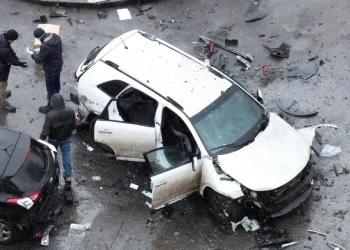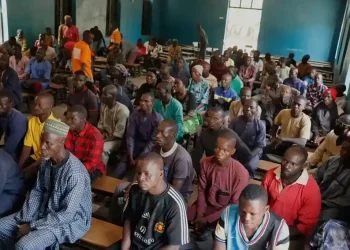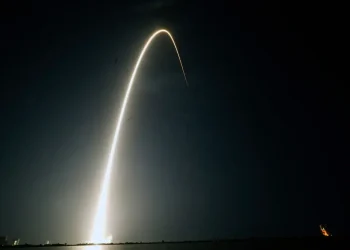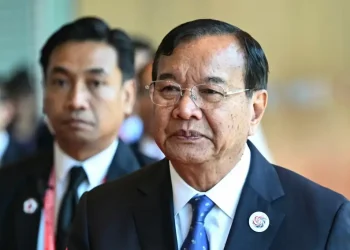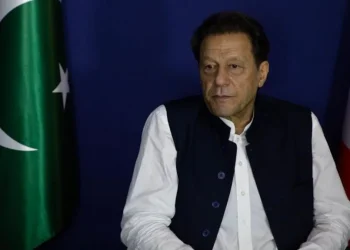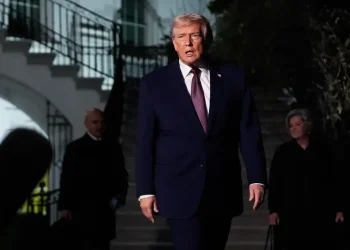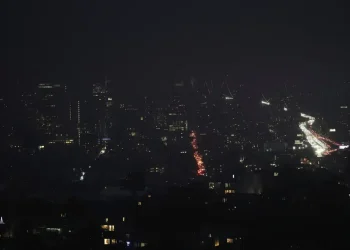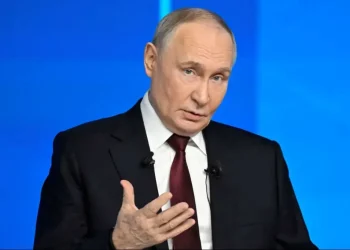China has dramatically expanded its missile production infrastructure since 2020, signaling a major acceleration in its military modernization and raising concerns among defense analysts that the world may be entering a new phase of strategic competition. A comprehensive CNN investigation based on satellite imagery, government documents, and industrial records reveals that Beijing’s missile-related sites have grown substantially over the past five years.
Massive Infrastructure Growth Since 2020
Satellite analysis shows that more than 60% of 136 facilities connected to China’s missile programs or the People’s Liberation Army Rocket Force (PLARF) have undergone significant construction or expansion since 2020. Collectively, these developments amount to over 21 million square feet of new floor space, transforming once-rural areas into vast military-industrial complexes.
Many of these sites — ranging from research centers and testing zones to full-scale production factories — now feature new towers, bunkers, and blast walls. In some images, partially assembled missile components can be seen on tarmacs, underlining the pace and scope of China’s build-up.
“This is China positioning itself as a global superpower,” said William Alberque, a senior adjunct fellow at the Pacific Forum and former NATO director of arms control. “We’re witnessing the early stages of a new arms race.”
Xi Jinping’s Vision for a World-Class Military
Since assuming power in 2012, Chinese President Xi Jinping has directed enormous resources toward transforming the People’s Liberation Army into what he calls a “world-class” fighting force. The PLARF, which oversees China’s growing nuclear and ballistic missile stockpile, has become central to Beijing’s defense doctrine. Xi has described the force as the “core of strategic deterrence” and a “cornerstone of national security.”
China’s missile facilities now supply nearly all branches of the country’s armed forces, the largest in the world with more than two million active personnel. According to data from the Stockholm International Peace Research Institute (SIPRI), China’s nuclear arsenal has expanded by roughly 100 new warheads annually since 2023 — the fastest growth rate among nuclear-armed nations — though it remains far smaller than the arsenals of the United States and Russia.
Rising Global Tensions and US Policy Shifts
The expansion comes as Washington grapples with supply chain bottlenecks and defense production challenges. The United States has recently faced shortages of key missile defense systems after deploying sophisticated interceptors to aid Ukraine and Israel. CNN reported that by mid-2025, about 25% of US THAAD interceptors had been used in defense operations, prompting the Pentagon to boost contracts with Lockheed Martin by more than $2 billion to replenish supplies.
While the US remains militarily dominant, analysts warn that China’s rapid production growth could eventually narrow the technological and numerical gap. “Beijing is not just catching up; it’s building for sustained parity,” said Alberque. “They’re sprinting now, but planning for a marathon.”
Accelerated Expansion Following Russia’s Invasion of Ukraine
Analysts suggest that Russia’s full-scale invasion of Ukraine in 2022 served as a catalyst for China’s missile buildup. CNN’s geospatial analysis indicates that the pace of expansion at Chinese missile sites nearly doubled in the two years following the outbreak of the war. Observers believe Beijing has closely studied the conflict to refine its own strategic calculations.
“They’re watching Ukraine incredibly closely,” said Alberque. “China is learning how modern wars are fought — from drone swarms to precision missile strikes — and adapting those lessons for future conflicts.”
Strategic Focus on Taiwan and Regional Deterrence
Experts say the surge in missile production could be tied to potential military operations involving Taiwan, the self-governed island that Beijing claims as its territory. The new missiles are believed to play a vital role in China’s “anti-access/area-denial” (A2/AD) strategy — a plan to deter or delay US intervention in any Taiwan conflict by threatening US bases and naval forces in the region.
“The PLA wants to set the conditions for an invasion of Taiwan,” said Decker Eveleth, a research analyst at the Center for Naval Analyses. “That means targeting ports, bases, and supply hubs that could support US or allied operations.”
Inside the New Missile Complexes
CNN identified 99 industrial sites linked to missile production and another 37 PLARF bases. Of these, 65 manufacturing facilities and 22 bases showed significant new construction since 2020. Much of this growth centers around the China Aerospace Science and Technology Corporation (CASC) and the China Aerospace Science and Industry Corporation (CASIC), both state-owned conglomerates that dominate the country’s defense sector.
In one example, a CASC subsidiary in Shaanxi province — known for its solid-fuel rocket programs — was found to be developing a new facility surrounded by blast walls, a common safety feature in weapons manufacturing. Another site in Beijing expanded by nearly 50% and is associated with the DF-26 medium-range ballistic missile, often dubbed the “Guam killer” for its potential to strike US bases in the Pacific.
A variant of this missile, the DF-26D equipped with a hypersonic glide vehicle, was showcased at a 2025 military parade, signaling China’s ambitions in next-generation weapons technology.
Budget Expansion and Transparency Concerns
In 2025, Beijing approved a 7.2% increase in its defense budget — the fourth consecutive year of growth above 7% — bringing official military spending to about $245 billion. Western analysts, however, believe China’s actual expenditures are significantly higher due to opaque accounting and classified programs.
Meanwhile, a sweeping anti-corruption campaign within the PLA has resulted in the dismissal of several senior officers linked to the Rocket Force, including two former defense ministers. The campaign, analysts say, reflects both an effort to tighten control and concerns about the force’s operational readiness.
A Growing Global Security Challenge
Arms control experts warn that China’s expansion is reshaping the global balance of power and complicating efforts to negotiate new nuclear or conventional weapons agreements. “We are already in a new cold war,” said David Santoro, president of the Pacific Forum. “The danger is that it could escalate into open conflict.”
As China deepens its strategic capabilities and the US confronts production strains, global security analysts are calling for renewed diplomatic engagement to prevent further escalation. For now, the world’s major powers appear to be on diverging paths — with China expanding its arsenal, the US struggling to replenish its stockpiles, and the arms race intensifying once again across the Pacific.
This article was rewritten by JournosNews.com based on verified reporting from trusted sources. The content has been independently reviewed, fact-checked, and edited for accuracy, neutrality, tone, and global readability in accordance with Google News and AdSense standards.
All opinions, quotes, or statements from contributors, experts, or sourced organizations do not necessarily reflect the views of JournosNews.com. JournosNews.com maintains full editorial independence from any external funders, sponsors, or organizations.
Stay informed with JournosNews.com — your trusted source for verified global reporting and in-depth analysis. Follow us on Google News, BlueSky, and X for real-time updates.


